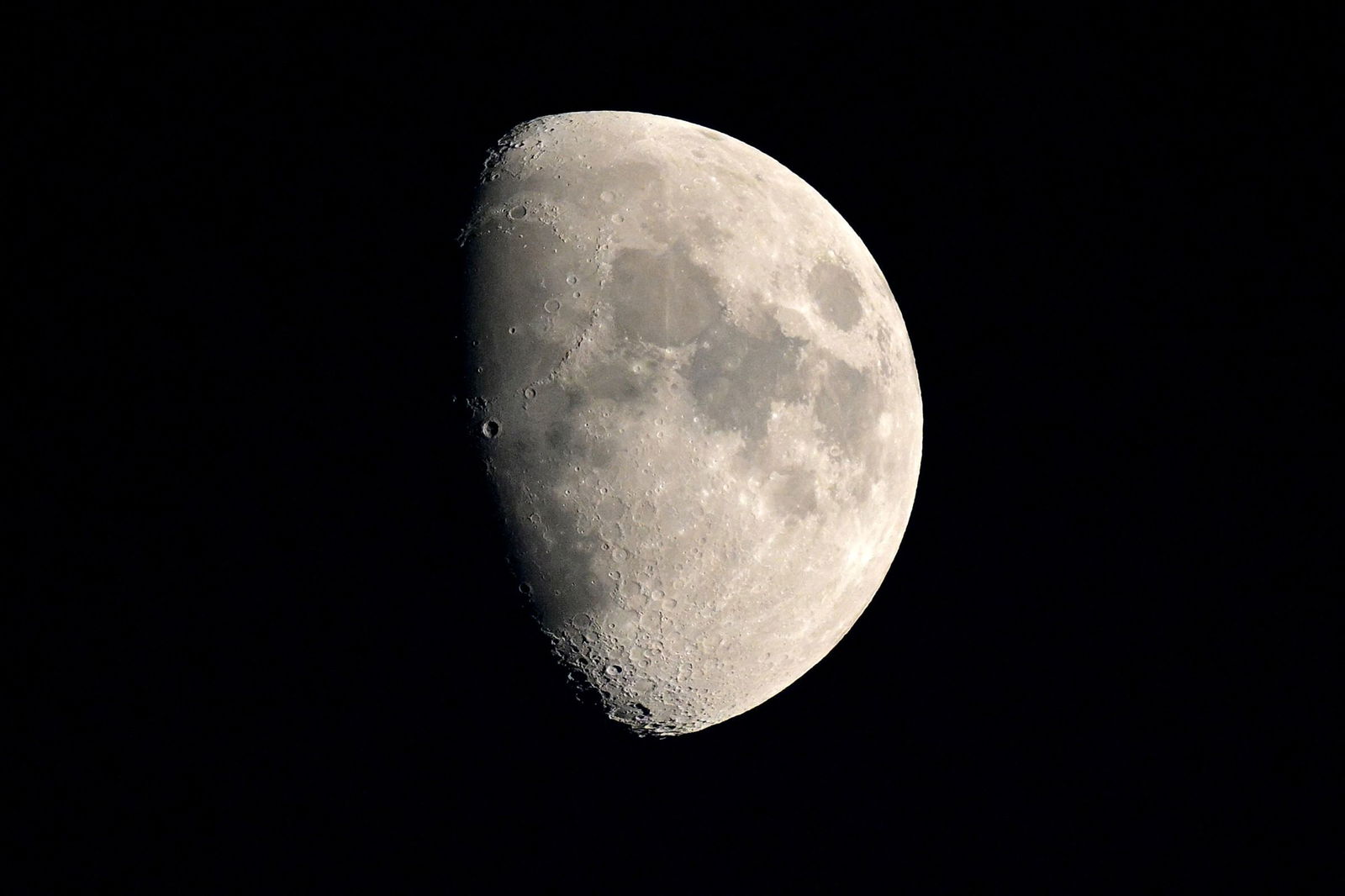NASA wants US to be the first nation to put nuclear reactor on the moon

Sean Duffy testifies on Capitol Hill in Washington
By Alexandra Skores, Jackie Wattles, CNN
(CNN) — Acting NASA Administrator Sean Duffy has directed the agency to fast-track plans to put a nuclear reactor on the moon.
Expediting work to place a reactor on the lunar surface to help power moon exploration efforts would keep the United States ahead of China and Russia, both of which have “announced on at least three occasions” a joint effort to develop such a project by the mid-2030s, according to a directive dated July 31 and obtained by CNN.
If another country were to achieve this feat first, it could declare a “keep-out zone” that would effectively hold the US back from its goal of establishing a presence on the lunar surface through NASA’s Artemis program. The agency’s Artemis III mission, currently planned for 2027, is expected to return humans to the surface of the moon for the first time in more than five decades. But the program still has several milestones in order to reach that target.
“We’re in a race to the moon, in a race with China to the moon,” Duffy told reporters at a news conference Tuesday on drones. “And to have a base on the moon, we need energy.”
Duffy’s orders also call for an executive within 30 days to lead the program. Politico was the first to report the new directive.
NASA has previously worked on similar projects in collaboration the Department of Energy and others, including a fission surface power project that would provide the moon with at least 40 kilowatts of power — enough to continuously run 30 households for 10 years, according to the NASA website.
A nuclear reactor would assist with long stays on the moon, but the newly unveiled plans do not yet specify when a base could be built. Lunar surface power needs are at least 100kWe for long-term human operations, according to estimates cited by NASA.
“Energy is important, and if we’re going to be able to sustain life on the moon, to then go to Mars, this technology is critically important,” Duffy said.
The directive is Duffy’s first big initiative since he was named NASA’s acting administrator in July, an extra job he’s been criticized for accepting alongside Secretary of Transportation, an agency that has had a tumultuous year navigating aviation safety incidents.
He also issued a second directive last Thursday that could accelerate efforts to create a commercial space station to replace the International Space Station. NASA will seek more proposals within 60 days, and at least two companies will be awarded a contract within six months of the agency’s request for proposals, according to the directive. The order changes the way the agency awards contracts by adding some flexibility.
The aging International Space Station has experienced problems with leaks in recent years and is expected to be retired by 2030.
The-CNN-Wire
™ & © 2025 Cable News Network, Inc., a Warner Bros. Discovery Company. All rights reserved.



